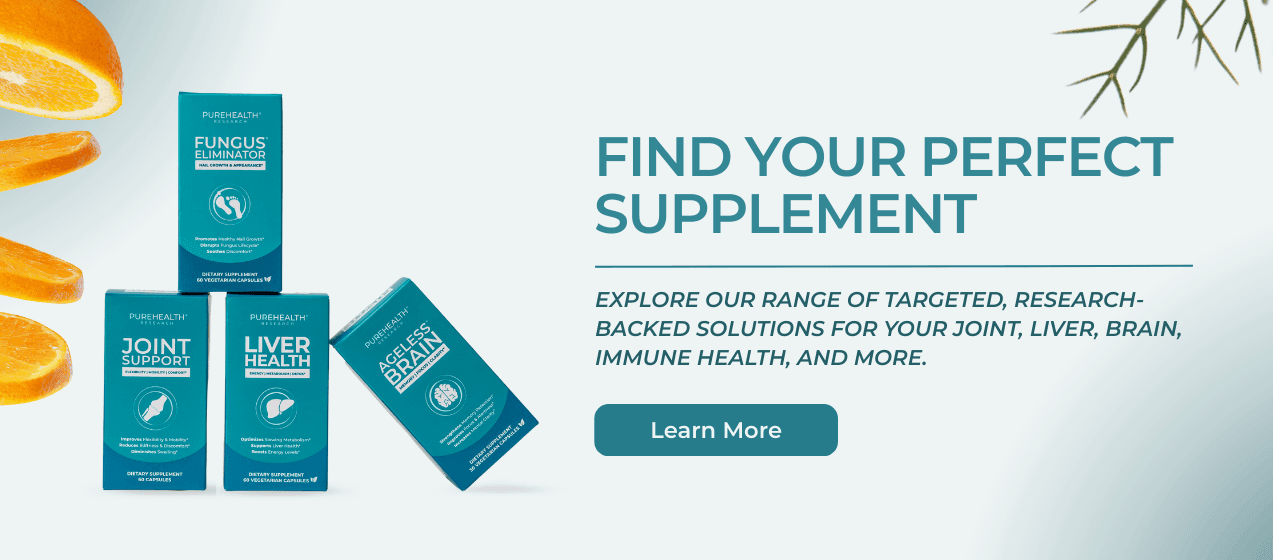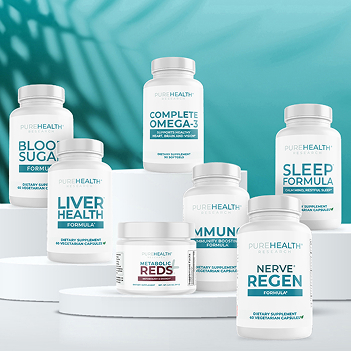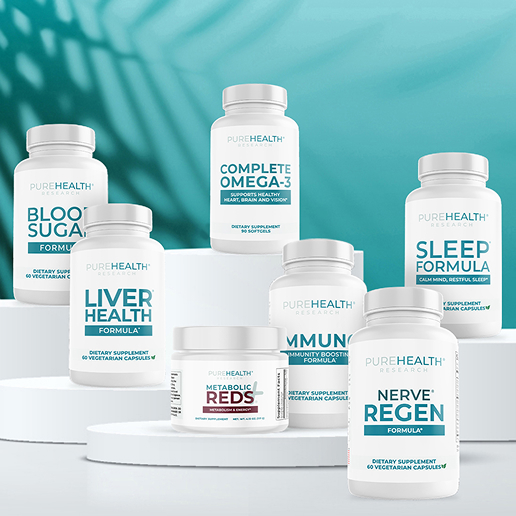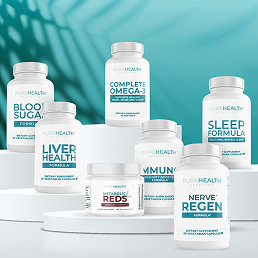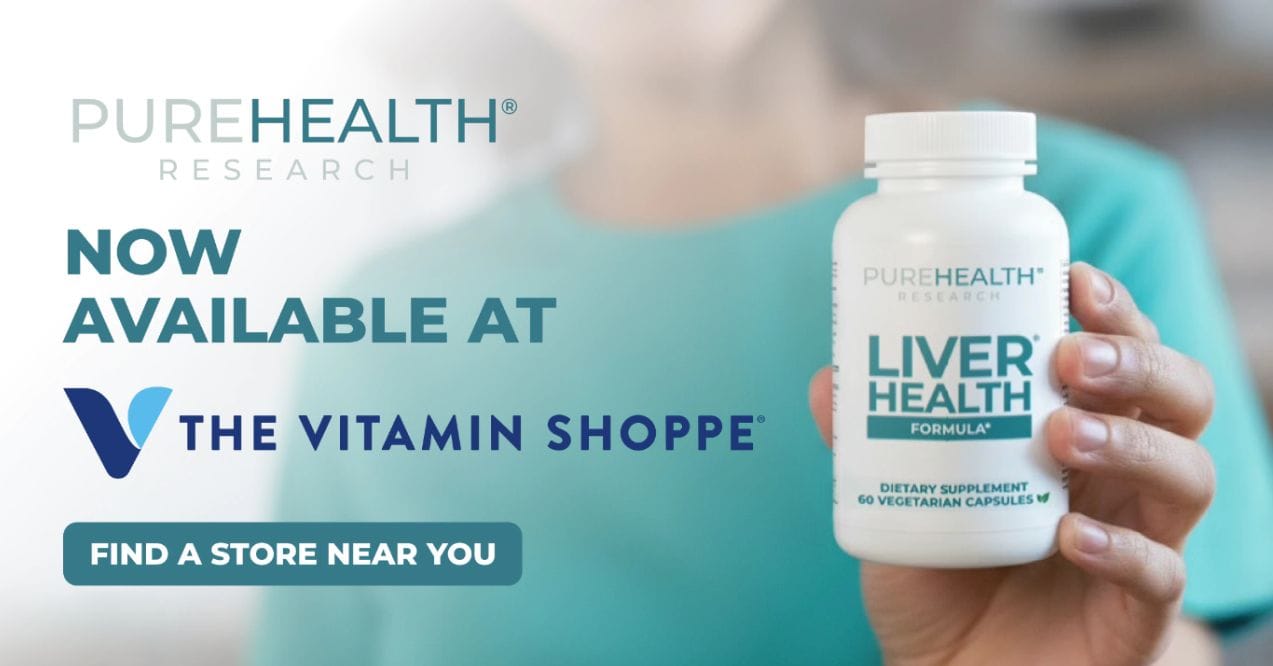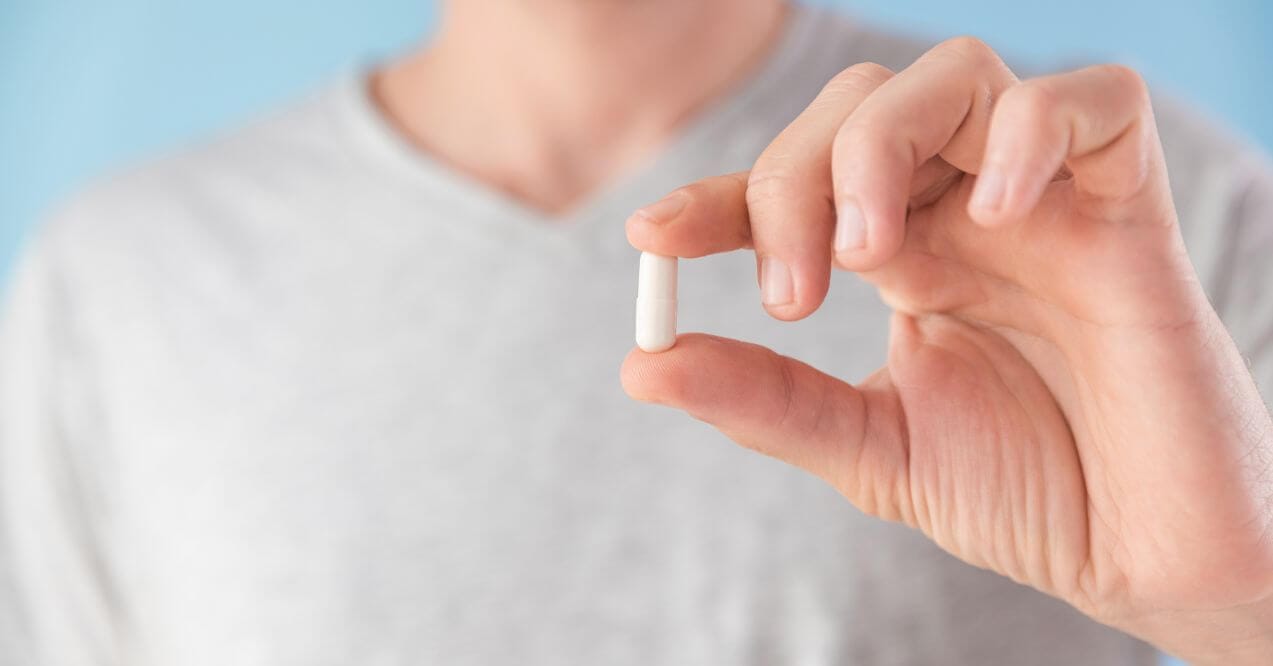What are the Benefits of Methylene Blue?
What if a dye could improve your memory? This article explores the science and risks of methylene blue and its dangerous interaction with antidepressants.
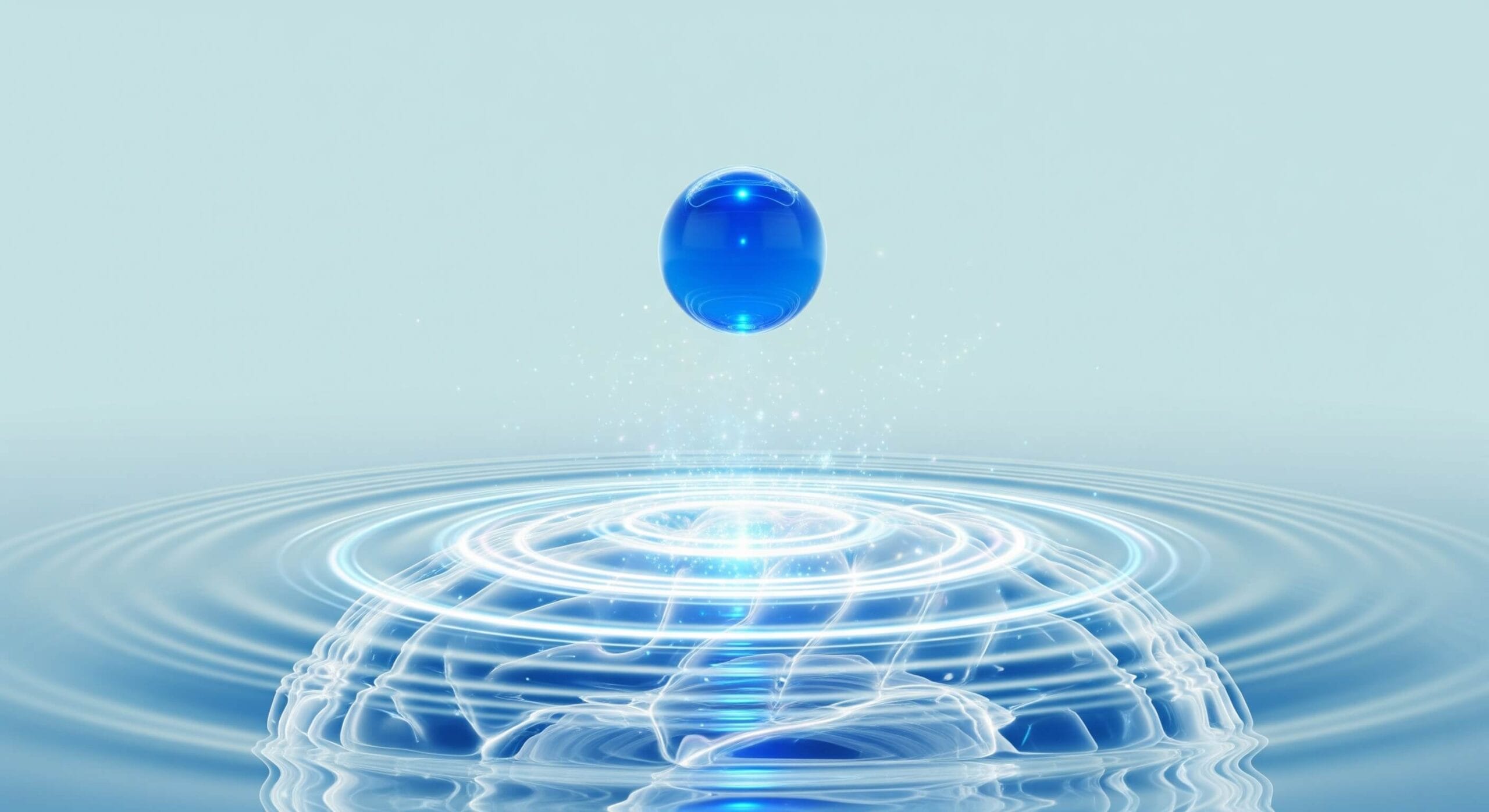

Methylene blue was once just a dye and medical tool. Today, it’s seen as a versatile compound with potential health benefits. This article explores the benefits of Methylene Blue, from neuroprotection to fighting germs.
What is Methylene Blue?
Methylene blue is a man-made compound used in medicine since the 1890s. It was first a textile dye. Then, it became useful for medical tests and treatments.
The compound has ‘hormetic’ properties. This means low doses provide benefits, but high doses can be harmful.
Doctors mainly use it to treat methemoglobinemia. This is a rare blood disorder that affects how blood carries oxygen. It’s also used as a surgical dye and to treat some poisoning cases. Because it can cross into the brain, it’s interesting for brain research.
Today’s research looks at its effects on mitochondria (powerhouses of our cells). This has led to interest in its use for brain health and anti-aging. Still, a doctor’s supervision is key for any use.
Benefits of Methylene Blue
Research has found several medical uses for methylene blue. These benefits focus on brain health and fighting germs. Studies show real improvements in both areas.
1. Brain Cell Protection
Methylene blue supports brain health by helping mitochondria. It protects brain cells from damage and boosts their energy. One study found improved memory just one hour after use. It also increased activity in parts of the brain related to attention.
Animal studies suggest it may slow the buildup of a protein linked to Alzheimer’s disease. Methylene blue can cross into the brain, so it can work directly on brain cells. However, some studies found it decreased blood flow to the brain, so more research is needed.
For those struggling with mental clarity, understanding the best supplements for brain fog can provide additional cognitive support strategies.
2. Fighting Germs
Methylene blue is effective against various tiny living things like bacteria. It works by breaking down their cell walls and messing with how they get energy. Doctors have used it for decades to treat urinary tract infections. It works well there because it gets highly concentrated in urine.
Beyond medicine, researchers are exploring methylene blue for wellness and performance. These new uses include skin care and mental health support.
3. Anti-Aging Skin Properties
Research explores methylene blue’s antioxidant properties for skin care. Lab studies show it improves skin firmness and reduces fine lines. It helps mitochondria in skin cells, which may keep them energetic as we age.
Some beauty companies now use small amounts of it in skin products. But we still need long-term human studies to prove its anti-aging benefits.
Those interested in comprehensive anti-aging support should explore the best longevity supplements that work synergistically with compounds like methylene blue.
4. Mental Health
One study found that patients with bipolar disorder who took 195 mg daily had less depression and anxiety. Methylene blue works differently than regular antidepressants. But this same action creates dangerous side effects when mixed with those medicines.
Safety, Risks, Side Effects, Uses and Dosing
Methylene blue has potential benefits, but it also has serious safety risks. You must understand drug interactions and product quality before using it.
Major Drug Interaction Warning!
Methylene blue can cause a life-threatening reaction when mixed with common antidepressants (SSRIs or SNRIs). This is called serotonin syndrome. The FDA says you must stop taking antidepressants two weeks before using methylene blue.
Common Side Effects
The most common side effect is blue-green urine, which is harmless. Some people also get mild stomach upset, headaches, and dizziness. Pregnant women, nursing mothers, and people with a specific genetic condition (G6PD deficiency) must avoid it completely.
Product Quality Issues
Product quality is a major safety issue. Only pharmaceutical-grade methylene blue is tested for purity. Industrial dyes or products for fish tanks can have harmful ingredients. You might see these sold online as supplements, creating a dangerous risk.
Medical Use and Dosing
In hospitals, doctors give specific doses based on the patient’s needs. Medical-grade methylene blue is carefully checked for purity.
Research uses 0.5-4 mg per kilogram of body weight. For a 154 lb person, this is 35-280 mg daily. Most start at the low end. Taking it with food can reduce stomach upset. Taking it in the morning can help avoid sleep issues.
Where to Buy It
Only buy pharmaceutical-grade products from medical suppliers or trusted supplement companies. Ask for proof that it’s pure. Avoid industrial dyes and fish tank cleaners. Store it in a dark container to keep it potent.
Conclusion
Methylene blue offers interesting possibilities for brain health, fighting infections, and anti-aging. Its long history in medicine provides a solid base for exploring new uses. But these benefits come with important safety risks and the need for a doctor’s supervision.
The compound’s many uses make it a hot topic in science. Methylene blue continues to reveal new potential. Still, each person’s body is different, so what works for one person might not work for another.
Its main use is for a rare blood disorder called methemoglobinemia. Doctors also use it as a surgical dye and for tests.
Only pharmaceutical-grade methylene blue is safe under a doctor’s care. Never use industrial or aquarium products. It can have serious drug interactions. Always talk to a doctor first.
Some studies show a 7% memory improvement. Research suggests it may protect brain cells by helping mitochondria. But results can vary. We need more human studies.
Blue-green urine is the most common side effect. Headaches, dizziness, and stomach upset can also happen. It can cause a life-threatening reaction with antidepressants.
Sign up for our Healthy Living newsletter!
Advertisement. This site offers health, wellness, fitness and nutritional information and is designed for educational purposes only. You should not rely on this information as a substitute for, nor does it replace, professional medical advice, diagnosis, or treatment. If you have any concerns or questions about your health, you should always consult with a physician or other health-care professional. Do not disregard, avoid or delay obtaining medical or health related advice from your health-care professional because of something you may have read on this site. The use of any information provided on this site is solely at your own risk.
